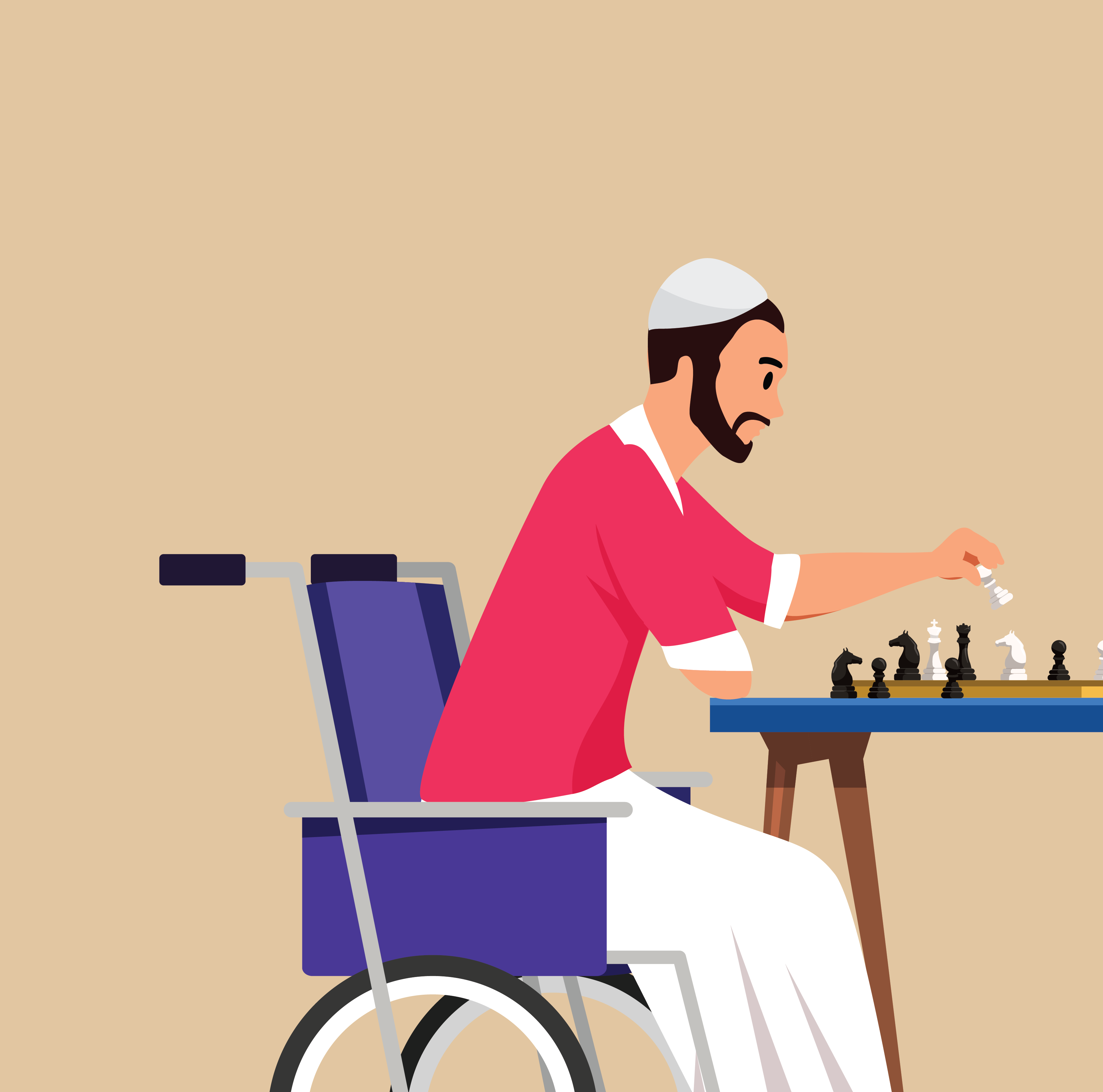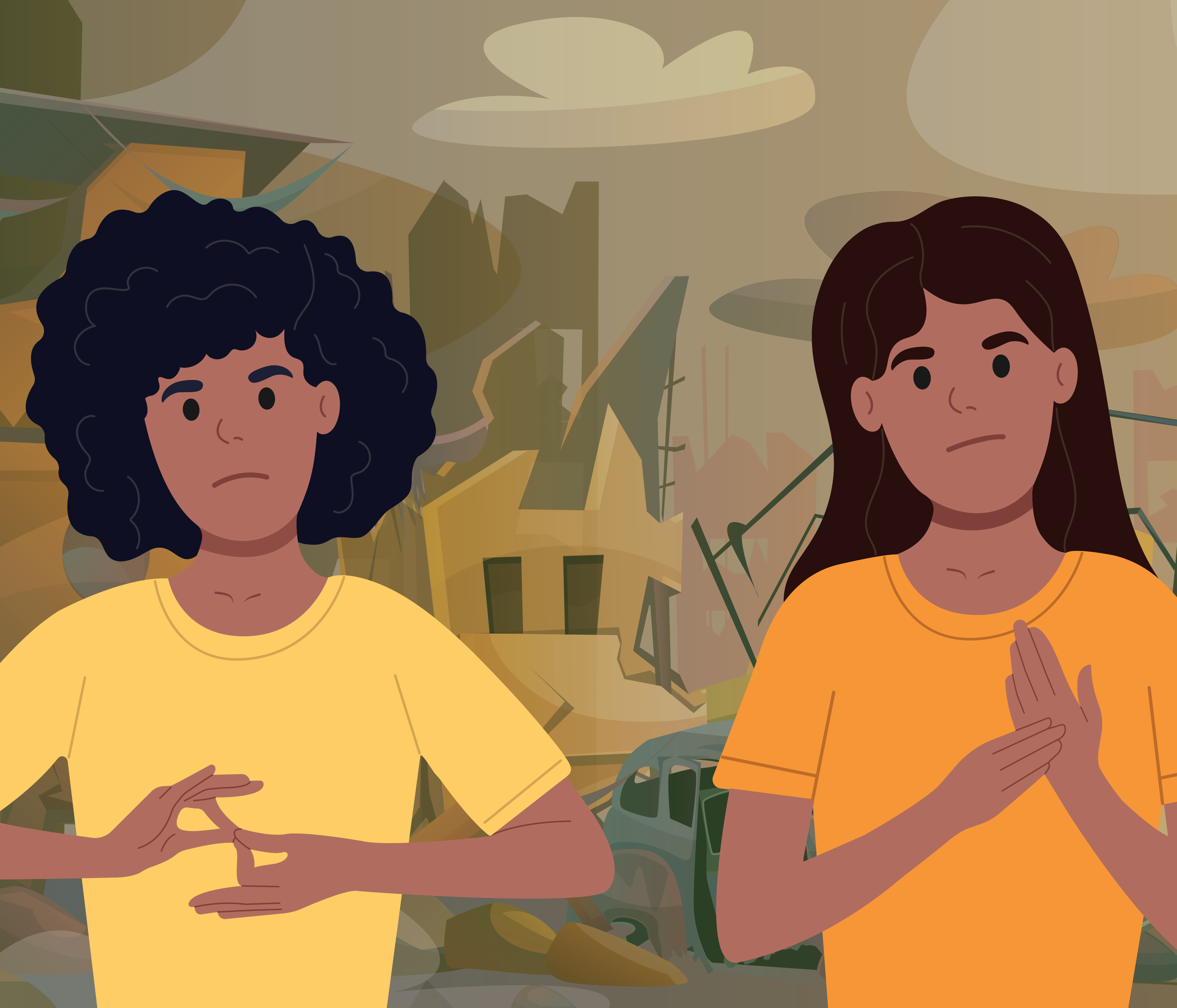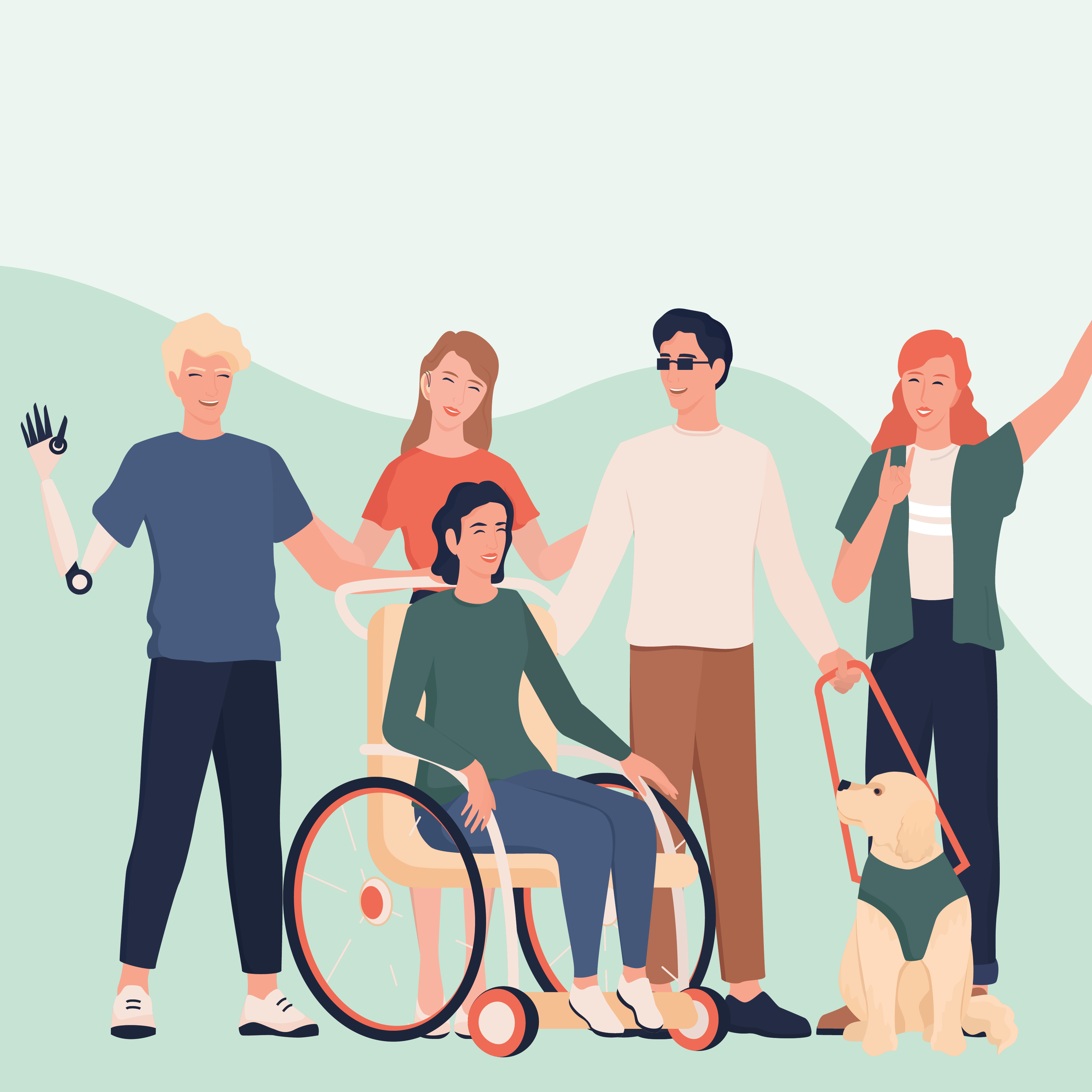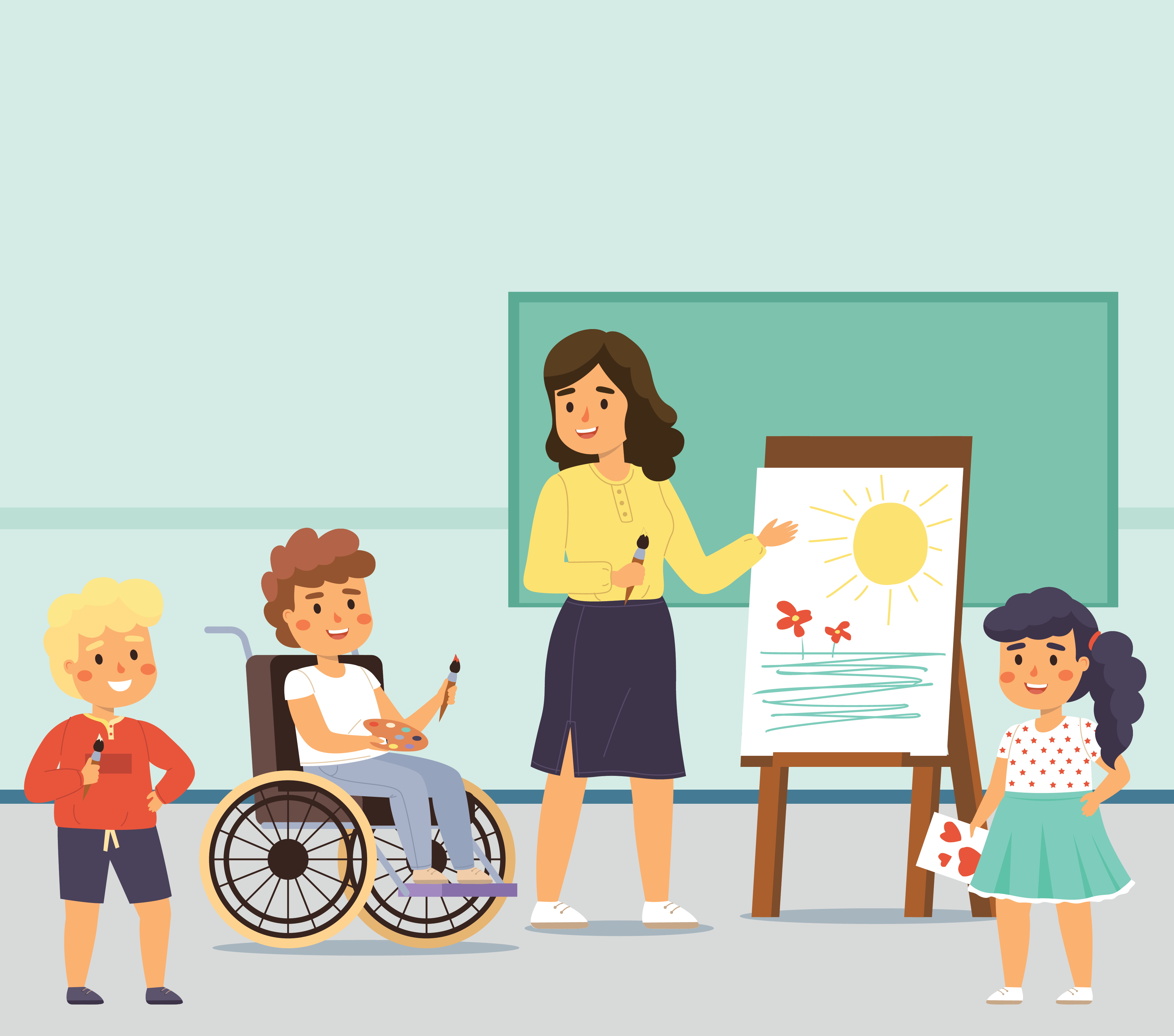
SBC Disability Toolkit - Module 2: Empowering children and families
Addressing stigma and discrimination toward children and youth with disabilities through SBC
Introduction
Sarah’s story part 2:
My father left us when my parents realized that I have disability. It was too much to handle, and he must’ve been afraid to be shamed by our community. My mom and grandma were wonderful, caring for three children. For a long time, they kept me home, worried about how neighbors would look at us. That was their way of protecting me. My siblings were my best friends, but once we got older, I noticed that they felt uncomfortable when their teenaged friends saw us together.
One day, my mom met other parents who had children with disabilities. A new social worker was more attentive to us, and advised my mom to talk to a local organization of people with disabilities and to apply for some social benefits. At the end of that year, I started going to school, and my life changed. The van picked me up, and next thing I knew, I was in a classroom full of kids who were not like me at first glance – but so similar once we became friends. Even though it took time, and many sessions with my favorite teacher X, reading and writing opened a new world for me. I felt that I could do anything. I had a sense of belonging and friendship.
Overview of Module 2:
Real and sustained inclusion of marginalized children and their families requires their voices to be heard and taken into account in decision-making. The Convention on the Rights of the Child recognizes that all children, including children with disabilities, have a right to be actively involved in decisions that affect them, and that they are not merely passive recipients of care or protection.
After completing this module, you should be able to:
- Explain the relationship between engagement and empowerment, and how they reinforce each other;
- Describe several methods for meaningful engagement with children with disabilities and their caregivers.
- Choose the most appropriate method for engaging children with disabilities and their parents/caregivers in SBC planning, design, and implementation.
This module focuses on a cornerstone of the person-first approach: meaningful and inclusive engagement with children and their families.





